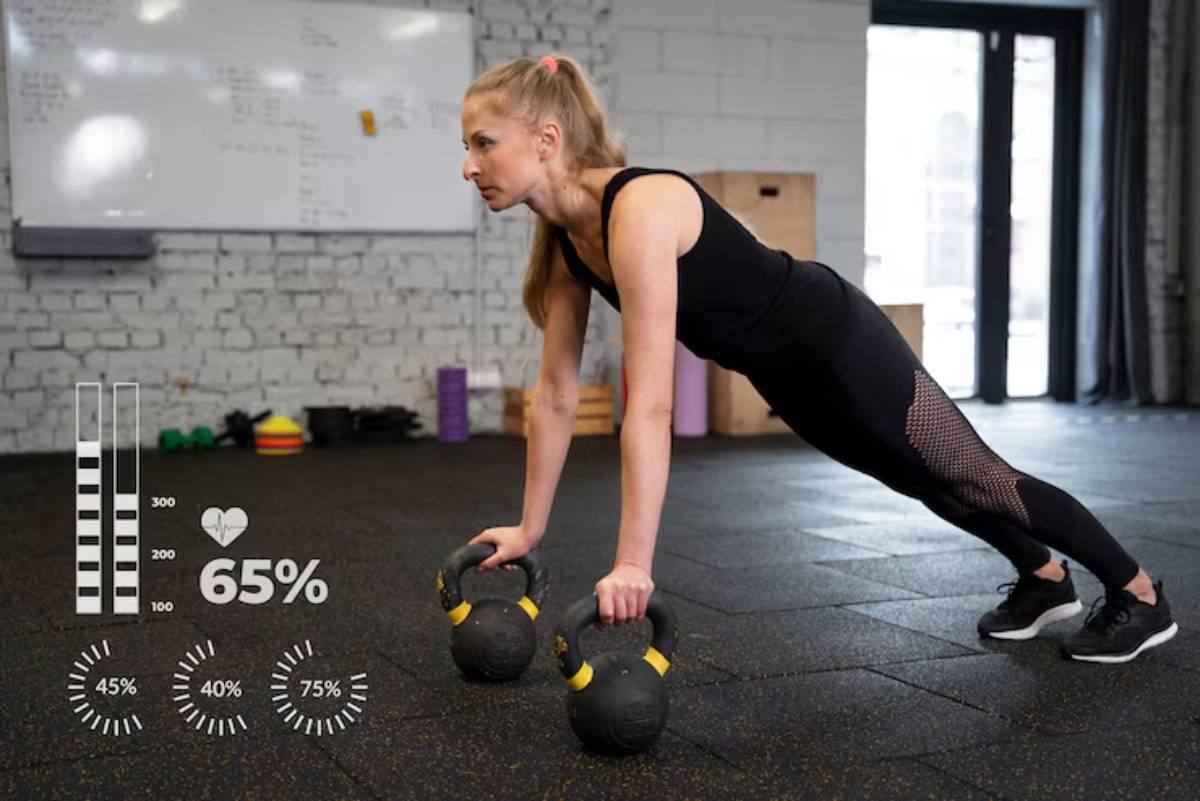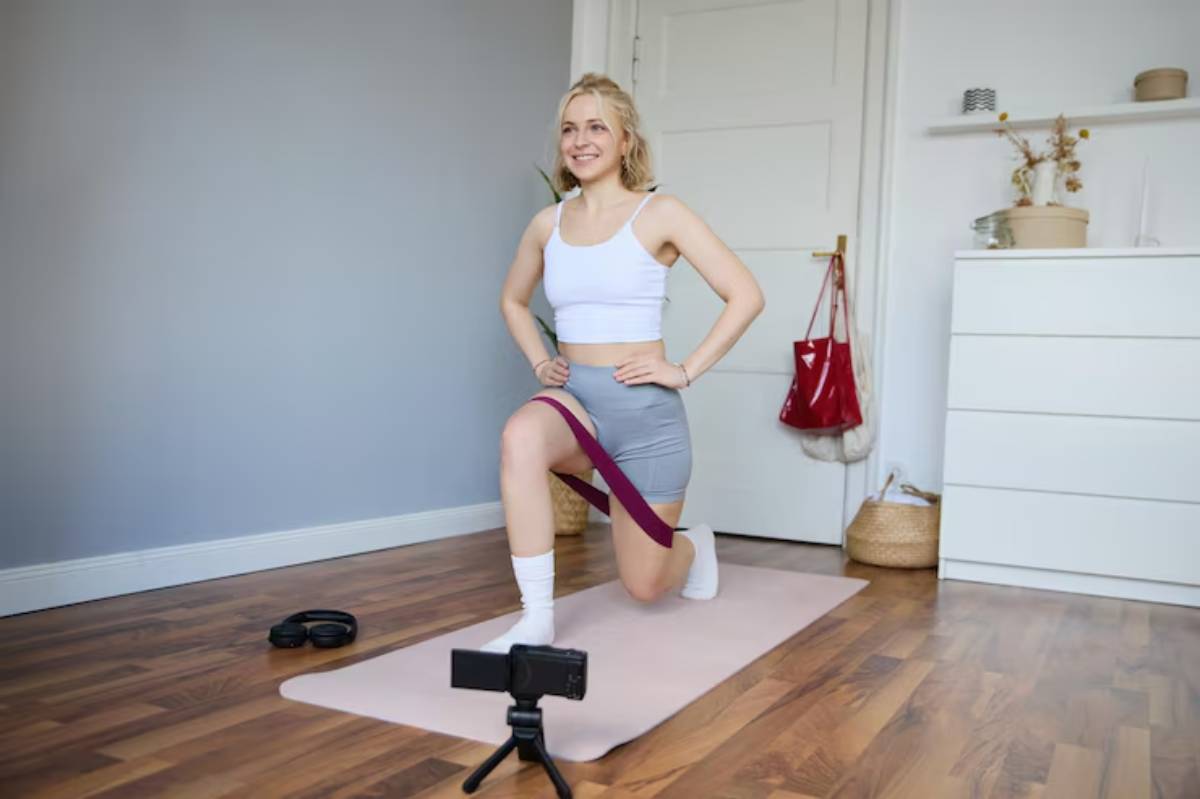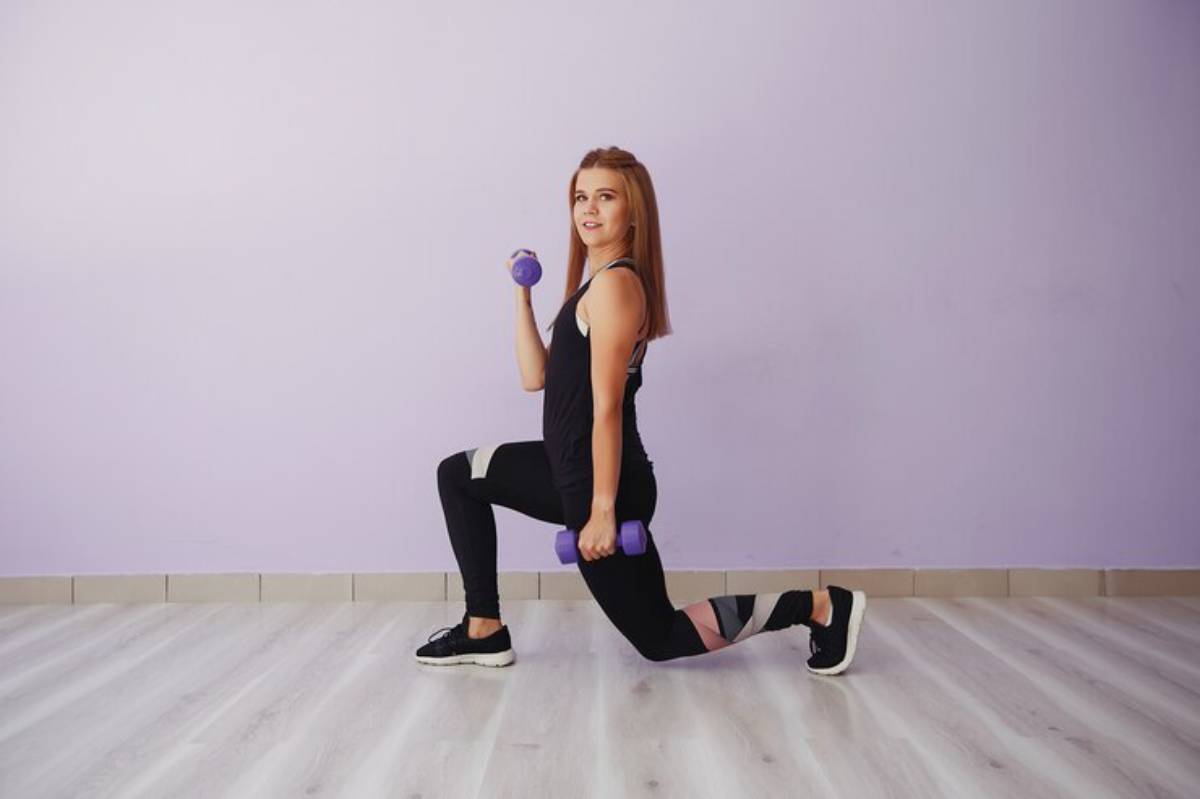
Tracking Progress Beyond the Scale
Stepping on the scale has long been the go-to method for assessing fitness progress. However, for many women, this singular focus can be misleading and discouraging. Weight fluctuates due to various factors—hydration, hormonal changes, muscle gain—and doesn’t always reflect true health or strength improvements.
Imagine dedicating weeks to strength training, only to see the scale remain unchanged. Yet, your clothes fit better, you feel more energetic, and you’re lifting heavier weights. These are significant achievements that the scale fails to capture.
In this guide, we’ll explore alternative ways to track your fitness journey, emphasising strength progress metrics, non-scale victories, and the benefits of maintaining a gym journal. By shifting the focus from weight to overall well-being and performance, you’ll gain a more accurate and empowering perspective on your fitness progress.
The Limitations of the Scale
Weight Doesn’t Tell the Whole Story
The number on the scale doesn’t differentiate between fat, muscle, water, or bone mass. For instance, as you build muscle through strength training, your weight might increase even as you lose fat. This phenomenon can be disheartening if you’re solely relying on the scale for feedback.
Daily Fluctuations Are Normal
Weight can fluctuate daily due to factors like sodium intake, menstrual cycles, and stress levels. These variations are normal and don’t necessarily indicate changes in body composition or fitness levels.
Embracing Non-Scale Victories (NSVs)
Non-scale victories are achievements that reflect improvements in health and fitness, independent of weight changes. Recognising and celebrating these milestones can boost motivation and provide a more comprehensive view of your progress.
Examples of NSVS:
- Increased Strength: Lifting heavier weights or performing more repetitions.
- Enhanced Endurance: Completing workouts with greater ease or for longer durations.
- Improved Flexibility: Achieving deeper stretches or better range of motion.
- Better Sleep Quality: Falling asleep faster and feeling more rested.
- Elevated Mood: Experiencing reduced stress and increased happiness.
- Clothing Fit: Noticing looser-fitting clothes or needing smaller sizes.
- Consistent Energy Levels: Feeling more energetic throughout the day.
These victories highlight the positive changes occurring in your body and mind, offering a more holistic measure of success.
Strength Progress Metrics: Measuring What Matters

Tracking specific strength metrics provides tangible evidence of your improvements and helps tailor your training program effectively.
Key Metrics to Monitor:
- Repetitions and Sets: Documenting the number of reps and sets for each exercise.
- Weight Lifted: Recording the amount of weight used in each session.
- Rest Intervals: Monitoring rest periods between sets to gauge endurance.
- Exercise Variations: Noting different exercises or modifications used.
By consistently tracking these metrics, you can identify patterns, set realistic goals, and celebrate incremental progress. For guidance on creating a well-rounded plan, read how to structure a balanced weekly training plan.
The Power of a Gym Journal
Maintaining a gym journal is a practical and empowering tool for tracking your fitness journey.
It allows you to:
- Set Clear Goals: Define short-term and long-term objectives.
- Monitor Progress: Keep a detailed record of workouts, including exercises, weights, reps, and sets.
- Reflect on Achievements: Review past entries to recognise improvements and milestones.
- Stay Accountable: Maintain consistency and motivation by documenting your efforts.
Whether you prefer a physical notebook or a digital app, the key is regular and honest entries that reflect your journey.
Visual Tracking: The Role of Progress Photos
Photographs provide a visual representation of your transformation, capturing changes that numbers might miss.
Tips for Effective Progress Photos:
- Consistency: Take photos at regular intervals, such as monthly.
- Lighting and Angles: Use the same lighting and camera angles for each photo.
- Clothing: Wear similar attire to highlight physical changes.
- Poses: Maintain consistent poses to ensure accurate comparisons.
Over time, these images can reveal subtle yet significant changes in muscle tone, posture, and overall physique.
Listening to Your Body: Subjective Measures of Progress
Beyond tangible metrics, paying attention to how you feel is crucial.
- Energy Levels: Increased stamina during daily activities.
- Mood Enhancements: Improved mental health and reduced anxiety.
- Sleep Patterns: Better quality and duration of sleep.
- Appetite and Cravings: More regulated eating habits.
These subjective experiences are valid indicators of improved health and well-being.
Integrating Multiple Tracking Methods

Combining various tracking methods offers a comprehensive view of your progress.
- Objective Measures: Strength metrics, body measurements, and progress photos.
- Subjective Experiences: Energy levels, mood, and sleep quality.
- Behavioural Patterns: Workout consistency and dietary habits.
This multifaceted approach ensures a balanced and accurate assessment of your fitness journey.
Reframing Progress for Lifelong Confidence
Redefining success in fitness involves looking beyond the scale. By focusing on strength gains, non-scale victories, and personal well-being, you cultivate a more positive and sustainable relationship with your health journey.
Remember, every step forward—no matter how small—is a victory worth celebrating. Embrace the process, acknowledge your achievements, and continue striving towards your goals with confidence and determination.
For additional motivation, explore how overcoming gym intimidation as a woman can empower your fitness journey.
Start your gym journal today. Document your workouts, note your feelings, and capture your progress through photos. Embrace the full spectrum of your fitness journey and celebrate every victory along the way.


